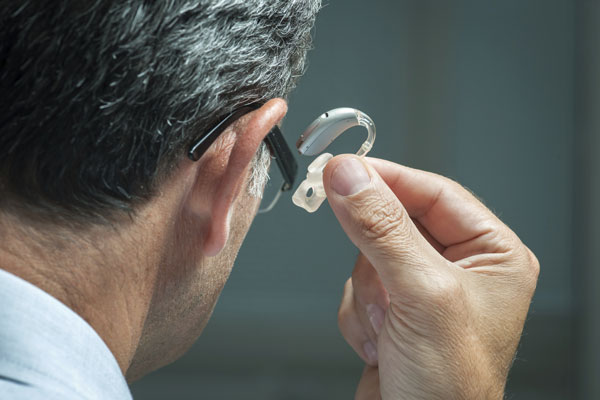Hearing loss affects 48 million individuals in Tucson, Arizona and throughout the United States. Of that large number, 80 percent don’t use hearing aids. The largest factor contributing to Tucson individuals not seeking treatment is their preconceived notions of hearing aids. Many remember the hearing devices their parents or grandparents wore and all the issues they had with them. I’m here to tell you those were the hearing aids of the past. Devices today are sleeker and more sophisticated than ever before.
There are plenty of other misconceptions that prevent people from visiting their audiologist and receiving the care they deserve.
The Top 5 Misconceptions about Hearing Aids
Misconception: Hearing aids will make me look older.
Hearing aids don’t make you look older; the fact that you cannot hear, understand and communicate normally with others makes you look older. Those who cater to vanity pay the price when they are unable to function normally, and it’s next to impossible to hide the condition; smiling and nodding your head is bound to get you into trouble on occasion. If you are that concerned over appearance, many of today’s hearing devices are so tiny they fit into your ear canal and are virtually invisible to others.
Misconception: Hearing aids aren’t worth the expense.
What price would you put on quality of life? Research studies indicate 9 out of 10 people with hearing devices believe their quality of life has improved. Overall satisfaction in people who have worn hearing devices for one year is 78 percent, close to satisfaction ratings for most consumer electronics. Effective communication is just one of the benefits of hearing devices; users report improvements in their relationships, emotional and physical wellbeing, self-confidence, sense of humor, mental and cognitive skills and sense of safety.
Misconception: Buying a hearing aid from an audiologist is a waste of money when you can the same model for less at a big-box retailer.
While this is technically true that hearing aids are less expensive if purchased from a large box store rather than from an audiologist, there is more than just the device wrapped into the larger price tag. Audiologists perform a series of tests in order to determine your type and degree of hearing loss. Once the correct device is determined, it will be programmed with an extremely sensitive computer to match your levels of hearing loss. Follow-up visits will be scheduled as well. These visits give your audiologist a chance to fine-tune and adjust the device to make sure it is working well. Any necessary repairs will also be completed at these visits. You will never get this level of care from the one-size-fits-all big-box retailers.
Misconception: The smaller the hearing aid the better.
Hearing aids have come a long way in the last few years. There are some that are so small they must be implanted into your ear canal; they become practically invisible. Devices this small work only for those with mild hearing loss. In addition, these smaller devices typically have fewer additional features and a shorter battery life. Behind-the-ear and receiver-in-the-ear are the most common models of hearing devices. While only slightly more visible, they are suitable for all types of hearing loss and enable the user to get more from the device. In order to determine the style of hearing aid that will work best for you, your Tucson audiologist must determine your type and degree of hearing loss through a series of tests.
Misconception: Hearing aids can actually damage your hearing.
A properly fitted and well maintained hearing aid will not cause any additional damage to your hearing.
Don’t let what you think you know about hearing aids prevent you from getting the treatment you need. Contact your local Tucson audiologist to learn how to get started.
